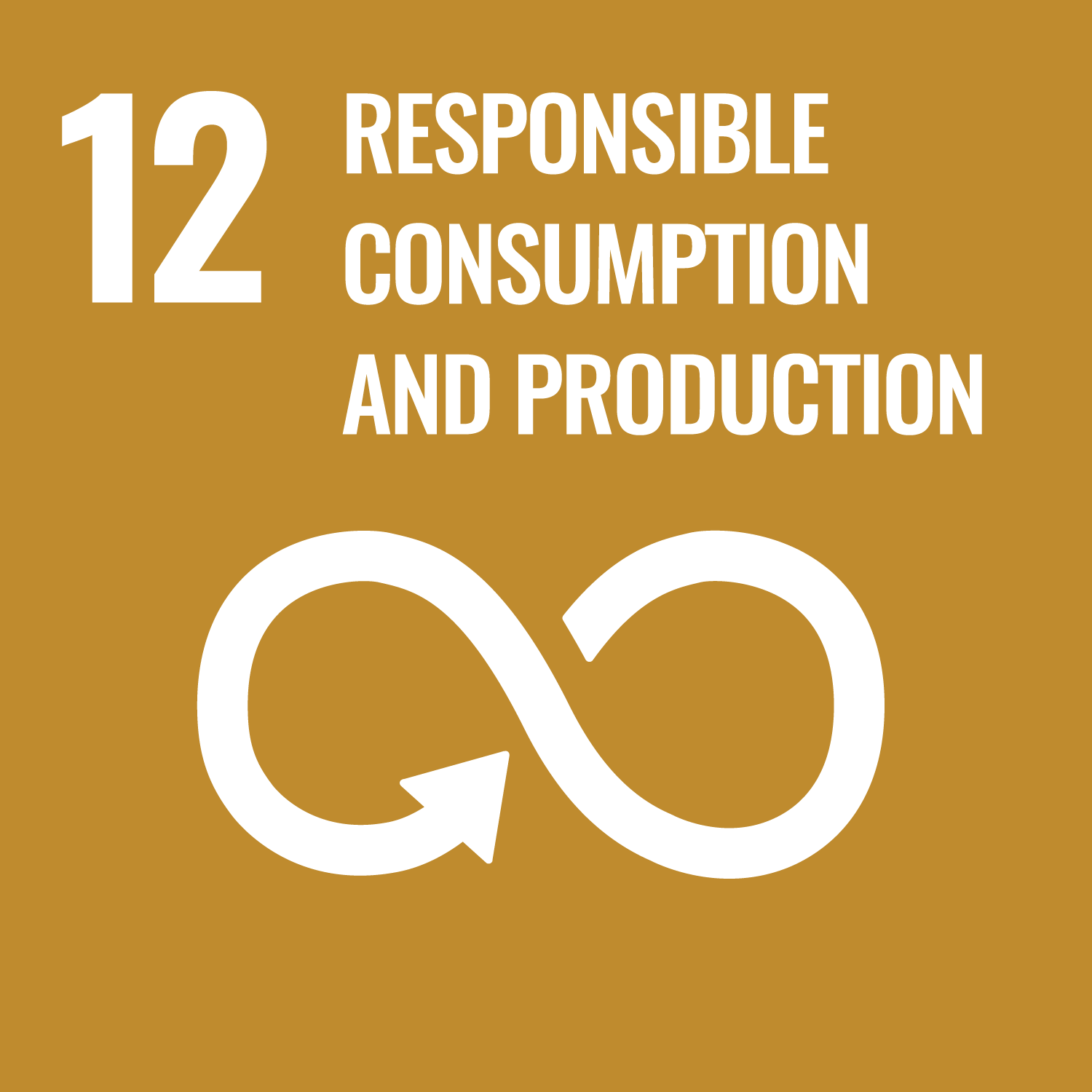In Graduation Research 2 in the Material Strength Laboratory, research is conducted on material strength, especially on assessments
of strength and property on mechanical fastening technology. Research contents are set individually, and research with novelty
and originality is performed.
The purpose of Graduation Research 2 in the Material Strength Laboratory is to develop problem-solving skills through research.
Specifically, we discover and set issues and problems that arise in conducting research, examine methods to solve them, and
design and manufacture equipment as needed. In addition, the ability to solve problems is cultivated by logically analyzing
and analyzing the acquired experimental results.
- To be able to find and set issues and problems that arise in research.
- To be able to find problems to solve problems and problems that arise in research, and design and manufacture equipment as needed.
- To be able to solve the problem by analyzing and analyzing the experimental results logically.
My current research interests include vibration and acoustic testing based on laser-induced plasma, damage detection, modal
analysis, polymer gels, and soft actuators.
> Hemispherical breathing mode speaker using a dielectric elastomer actuator
> High spatial and temporal resolution measurement of mechanical properties in hydrogels by non-contact laser excitation
> Damage detection in transparent materials using non-contact laser excitation by nano-second laser ablation and high-speed polarization-imaging camera
> Nano-second laser-induced plasma shock wave in air for non-contact vibration tests
> Lamb wave generation using nanosecond laser ablation to detect damage
> Non-destructive firmness assessment of apples using a non-contact laser excitation system based on a laser-induced plasma shock wave
> Estimation of the auto frequency response function at unexcited points using dummy masses
> Dynamic characterizations of underwater structures using non-contact vibration test based on nanosecond laser ablation in water: investigation of cavitation bubbles by visualizing shockwaves using the Schlieren method
> Non-contact acoustic tests based on nanosecond laser ablation: generation of a pulse sound source with a small amplitude
> Acoustic testing in a very small space based on a point sound source generated by laser-induced breakdown: stabilization of plasma formation
> Hemispherical breathing mode speaker using a dielectric elastomer actuator
> High spatial and temporal resolution measurement of mechanical properties in hydrogels by non-contact laser excitation
> Damage detection in transparent materials using non-contact laser excitation by nano-second laser ablation and high-speed polarization-imaging camera
> Nano-second laser-induced plasma shock wave in air for non-contact vibration tests
> Lamb wave generation using nanosecond laser ablation to detect damage
> Non-destructive firmness assessment of apples using a non-contact laser excitation system based on a laser-induced plasma shock wave
> Estimation of the auto frequency response function at unexcited points using dummy masses
> Dynamic characterizations of underwater structures using non-contact vibration test based on nanosecond laser ablation in water: investigation of cavitation bubbles by visualizing shockwaves using the Schlieren method
> Non-contact acoustic tests based on nanosecond laser ablation: generation of a pulse sound source with a small amplitude
> Acoustic testing in a very small space based on a point sound source generated by laser-induced breakdown: stabilization of plasma formation
| Research Ability | Research capability | Analytical ability | Achievement ability | Active performance | Total. | |
|---|---|---|---|---|---|---|
| 1. | 20% | 20% | 20% | 20% | 20% | 100% |
| 2. | 0% | |||||
| 3. | 0% | |||||
| 4. | 0% | |||||
| 5. | 0% | |||||
| Total. | 20% | 20% | 20% | 20% | 20% | - |
Students are evaluated at the level described in the rubric in graduation research 2.
- Course that cultivates an ability for utilizing knowledge
- Course that cultivates a basic interpersonal skills
- Course that cultivates a basic self-management skills
- Course that cultivates a basic problem-solving skills
| Work experience | Work experience and relevance to the course content if applicatable |
|---|---|
| N/A | N/A |



- 4.QUALITY EDUCATION
- 9.INDUSTRY, INNOVATION AND INFRASTRUCTURE
- 12.RESPONSIBLE CONSUMPTION & PRODUCTION
Last modified : Sun Mar 22 04:08:56 JST 2020
